This article is about Open Platform Communication (OPC) which is one type of communication protocol used in industrial automation.
As we know that Data is transferred from field to controller by using some sort of communication method.
OPC Classic is one type of method used to transfer data from field device to controller and from controller to HMI.
You receive every kind of signal from value to error to alarm generation in real-time which can be coming from different manufacturer’s devices, there should be one common protocol for communication and that is OPC.
It was in 1996 when OPC was founded to share data of different manufacturers so they can talk to each other efficiently.
In our daily usage of computers and laptops, there is one method DDE (Dynamic Data Exchange) which is used to communicate between internal applications.
With the DDE method, you can only communicate between two PC or laptops.
Due to this limitation, this method can’t use in process control which led OPC to come as a new communication protocol.
Open Platform Communication
Over the year in OPC improvement has been made. Five different versions have launched till now which are listed below.
- 1996 – OPC DA (Real-time Data Access)
- 1999 – OPC AE (Alarms and Events)
- 2001 – OPC HDA (Historical Data Access)
- 2004- OPC CLASSIC
- 2004 – OPC UA
- 2019 – OPC CLASSIC V2.05
- 2019 – OPC UA V1.05
All the version has come with improvement over time. Earlier the name was OPC then it was replaced by OPC classic.
OPC Classic is a client-based server that has one OPC server means PLC or DCS and second OPC client which is for visualization like HMI or SCADA.
In OPC servers like PLC which provides access like name of item, tags, or access like reading or writing.
In OPC client like for HMI, It has access information from the controller like tag name, tag value, etc.
Using OPC we schedule data means when to or on which server data need to transfer with a defined time interval.
OPC Requirement for Control System
OPC server software:
In server software, we need to connect with a facility like PLC, HMI, and application computer. This only refers to software, not hardware.
OPC client software:
To talk with the OPC server or need periodic data access, all register in alarm logger and historian data.
To store all the above information, software named OPC application is used.
For example, you have to transfer data from PLC using Profibus protocol then that data is read on HMI using profinet protocol.
For OPC server it can do both reads and write the data, whereas OPC client if it only configured to requested data.
If I give you a better idea of OPC then some version of Rslinx of Rockwell automation acts as an OPC server and in siemens scout is an OPC server for the TIA portal. Due to them, it is possible to send the OPC data from Siemens PLC to WinCC HMI.
Every modern HMI application version has built an OPC server into them.
In short, OPC is a communication protocol used to communicate between different manufacturers’ devices to provide faster speed and efficiency.
Author: Suhel Patel
If you liked this article, then please subscribe to our YouTube Channel for PLC and SCADA video tutorials.
You can also follow us on Facebook and Twitter to receive daily updates.
Read Next:
- Troubleshoot PLC Program
- Protect PLC using Password
- Download PLC software
- Siemens PLC Backup
- SCADA Communication
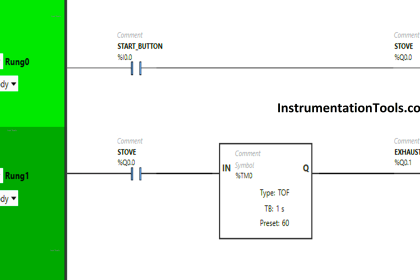
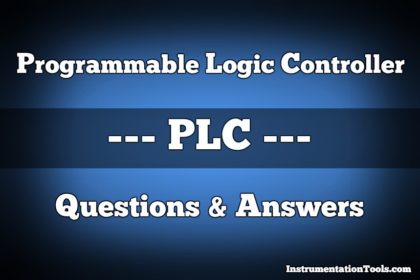
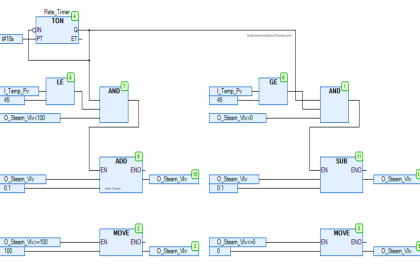
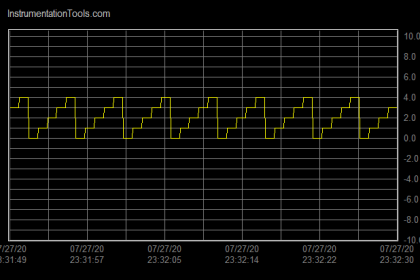
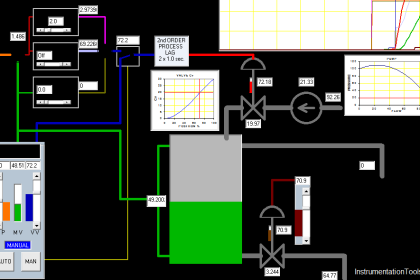
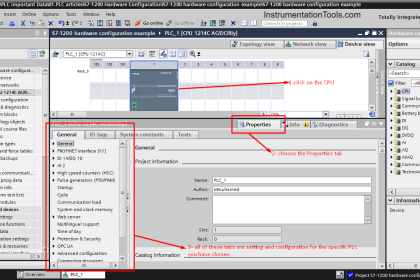
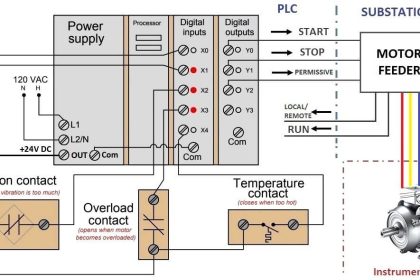
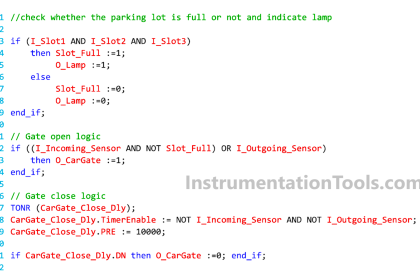
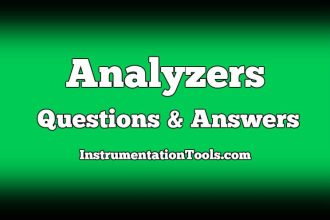

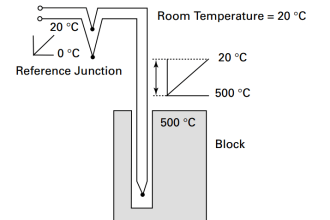
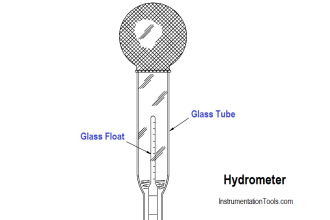

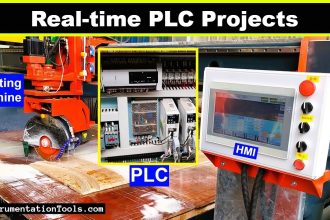
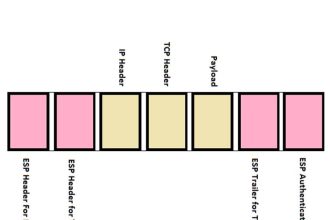
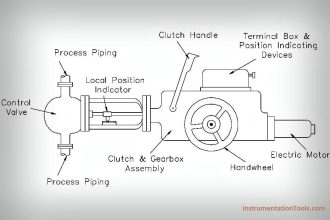

What is OPC – ‘OLE’ for process control? Object linked embedded for process control. Kindly check.
Hi, Read this article: https://instrumentationtools.com/opc-in-old-plc-systems/
What is the difference between OLE for PROCESS CONTROL (OPC) and OPEN PLATFORM COMMUNICATION (OPC)
OPC (Object Linking and Embedding for process control) was released in 1996 by the OPC Foundation and was soon adopted for the interoperability of industrial systems.
The name was later changed to Open Platform Communications in 2011 to broadening variations beyond Microsoft’s pioneer OPC